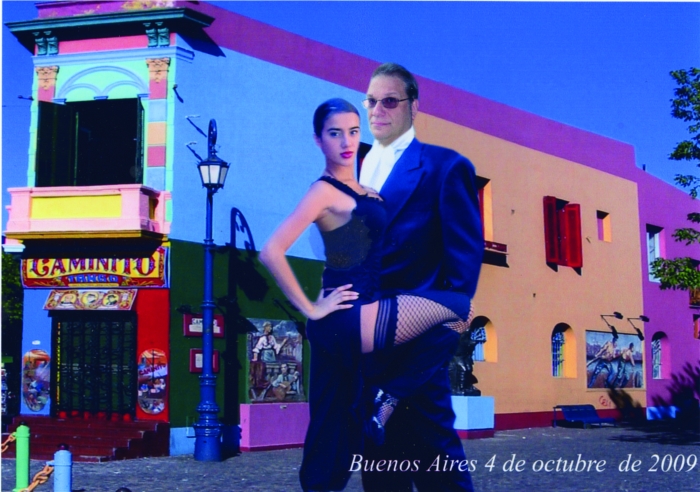November 2009 Vol. 236 No. 11
Editor's Notebook
Editor's Notebook: An Argentine Adventure

Are we safe? Did we miss the bus?
I slowly open my weary eyes, marveling that I am alive and in one piece.
I have just taken my first cab ride in Argentina where I will cover the World Gas Conference. After a sleepless 10-hour flight, I hired a cab to take me into downtown Buenos Aires.
My driver spoke about as much English as I did Spanish – virtually none – but that didn’t stop him from giving me the grand tour and gesticulating all the way. Can’t he keep just one hand on the wheel?
We approach Carlos Pellegrini Boulevard, which he indicates is the widest street in the world with its 20 lanes, when a bus stops. My driver casually brakes as we come within 8 inches of the bus. On the bright side, if you ever need to go to a hospital, they tell you to call a cab instead of an ambulance.
This is Buenos Aires, known for fiery soccer star Diego Maradona; revolutionary Che Guevara, the tragic Eva Peron, and most importantly, the tango. In truth, this busy city of 3 million is a lovely place to visit with probably the most museums and statues this side of Paris.
On my first night, I search for a restaurant. A few feet from my hotel, a bedraggled young waif with far too much eye makeup senses I speak English and beckons me toward a seedy building with flashing blue lights. I’m not stupid. This isn’t a blue-light special at Kmart, and judging from her gestures, she isn’t offering to teach me the tango. I doubt I will find a good meal inside. I sternly admonish her to go away.
Nearby is a La Madeleine café, similar to those in Houston. I eat there twice, then venture into an open-air mall that stretches for blocks with theaters, restaurants and just about any type of shop you may want. I dine the next four nights at the El Gaucho where a plate of tasty beef ribs and fries costs 26 pesos ($7). They speak very little English but know enough to advise you to tip them in cash.
I hunt for Eva souvenirs. It’s like shopping on Bourbon Street, where you find little but T-shirts and jazz figures. Here you can find tango figurines of any size, shirts and plenty of gadgets picturing Che, Maradona or Carlos Gardel, that legendary tango troubadour whom they still worship even though he died in 1935. But nothing of Eva. She may fascinate the world, but apparently not the average Argentine. No tours stop at her museum or gravesite.
The City Tour takes you into the elegant northern district covered with parks, museums, exclusive shops, luxury apartments and embassies. We visit the government plaza housing the Congress, presidential offices, national cathedral, City Hall, and the site of the 1810 revolution. In the plaza, mothers still march in memory of their lost children victimized by military dictatorship. The bus weaves its way into the seedy south side where the old port is located next to a polluted river and ramshackle hovels mostly populated by immigrants. An entire community sprouts up below an underpass.
Another tour drove us by the suburban home of the president, which is located near a mélange of billboards, car dealerships, sports bars and an enormous McDonald’s. This also included a boat ride into their delta region, about 20 miles from Buenos Aires.
Best part of the trip? Being a proud American at the convention center and hotel when it was announced that the American president was awarded the Nobel Peace Prize.





Comments